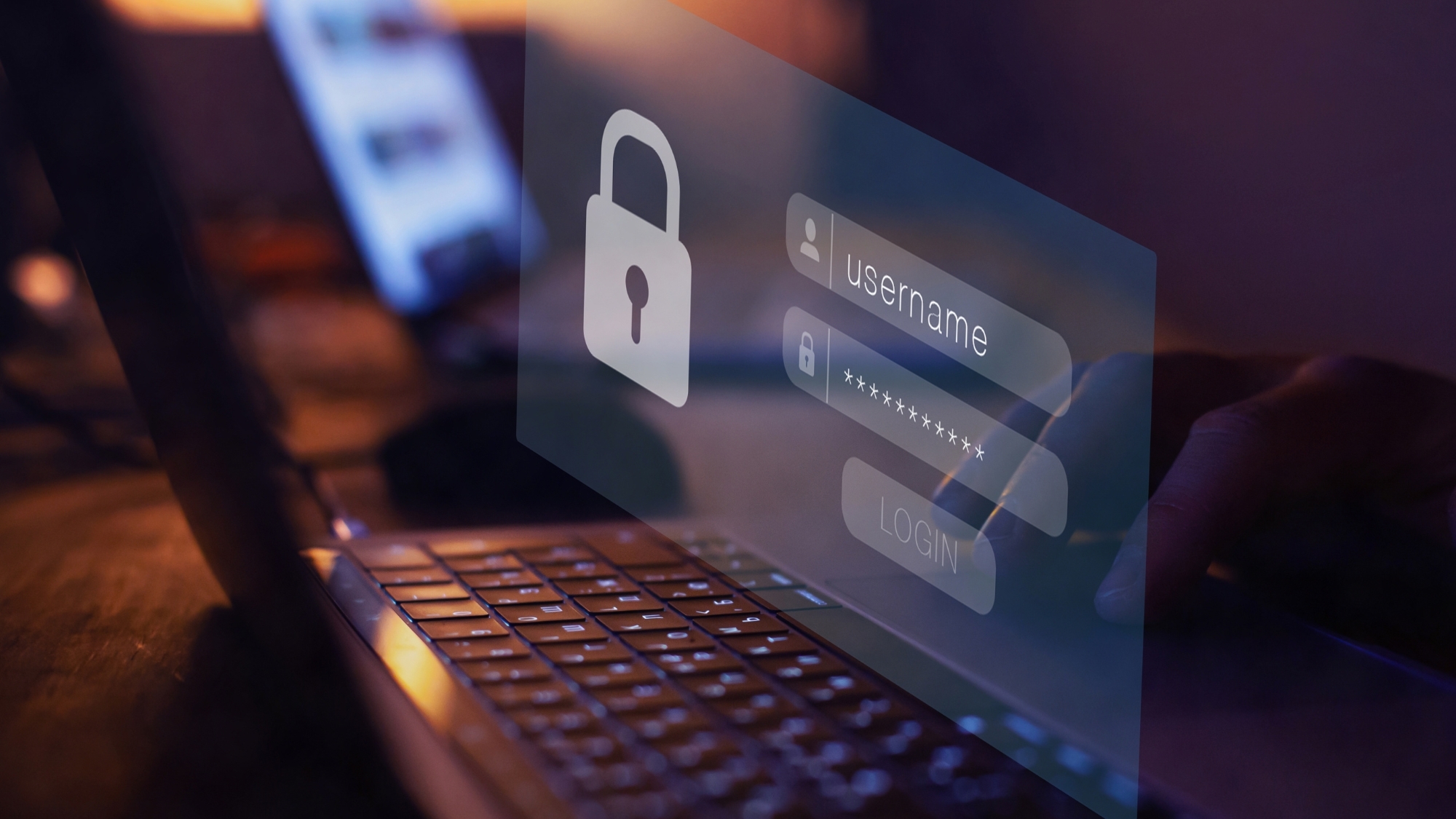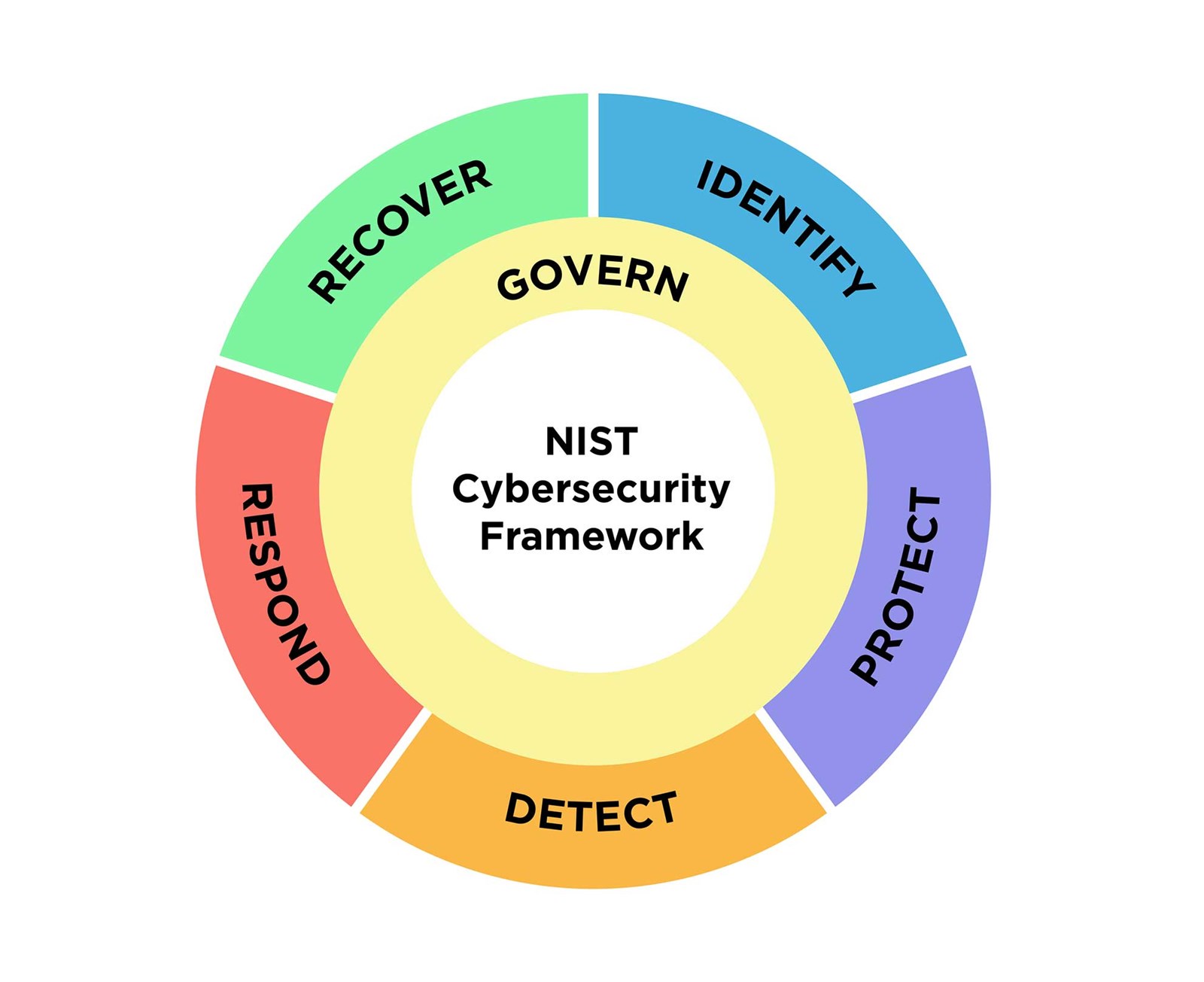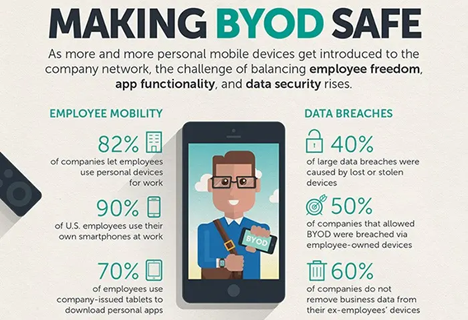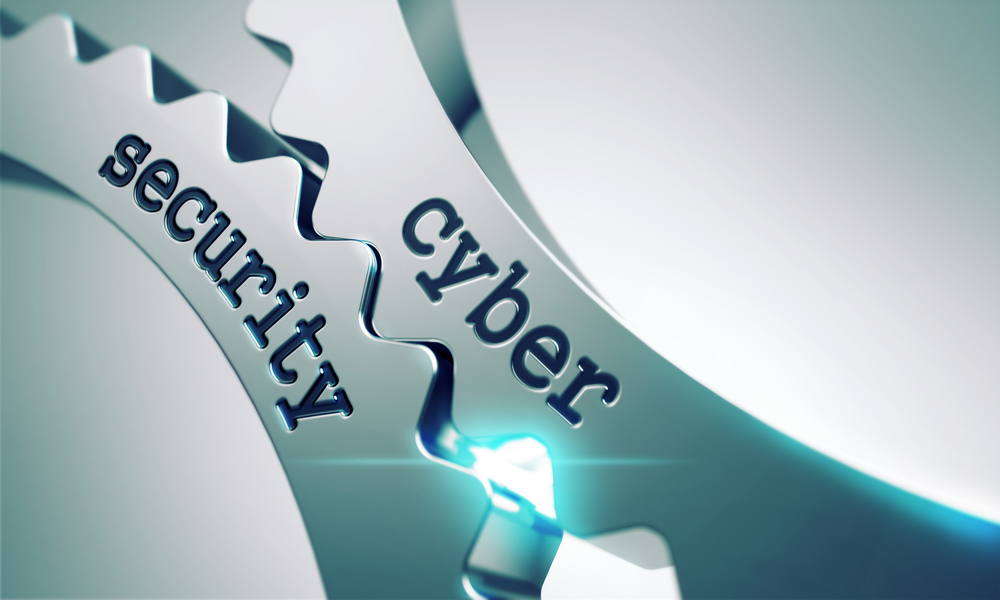.jpg)
Every October, Cybersecurity Awareness Month brings the same pattern: headlines packed with scary stats, campaigns dripping with doom and overdone warnings about hackers in the shadows. The goal is noble but the tone is tired. Fear doesn’t make organizations safer. It creates noise, fatigue and mistrust.
At QuickIntel, we believe awareness should drive action, not anxiety. This month we’re challenging the industry’s obsession with scare tactics and focusing on what helps: better culture, smarter leadership and security that supports people instead of overwhelming them.
Why Fear Falls Flat
It’s easy to lean on fear. Big numbers, dramatic breaches and nightmare scenarios capture attention. But when everything is presented as a crisis, employees check out. Security becomes something to dodge instead of something to embrace.
Instead of building resilience, fear campaigns breed cynicism: “Here we go again.” That attitude is dangerous, because disengagement opens the door to real threats.
The Real Threat: Fatigue
Cybersecurity isn’t only technical. It’s human. And right now, employees are tired. The result? People tune out. They reuse passwords, skip updates or ignore alerts and it’s because they’re burned out. Fatigue is a security risk hiding in plain sight.
What Employees Want
The fix isn’t more fire drills. It’s leadership that treats people like partners and straight answers. Not empty promises of “zero risk,” but real talk about what’s protected and what isn’t.
How Leaders Can Raise the Bar
Here are four ways to build awareness that works:


.jpg)
.jpg)








